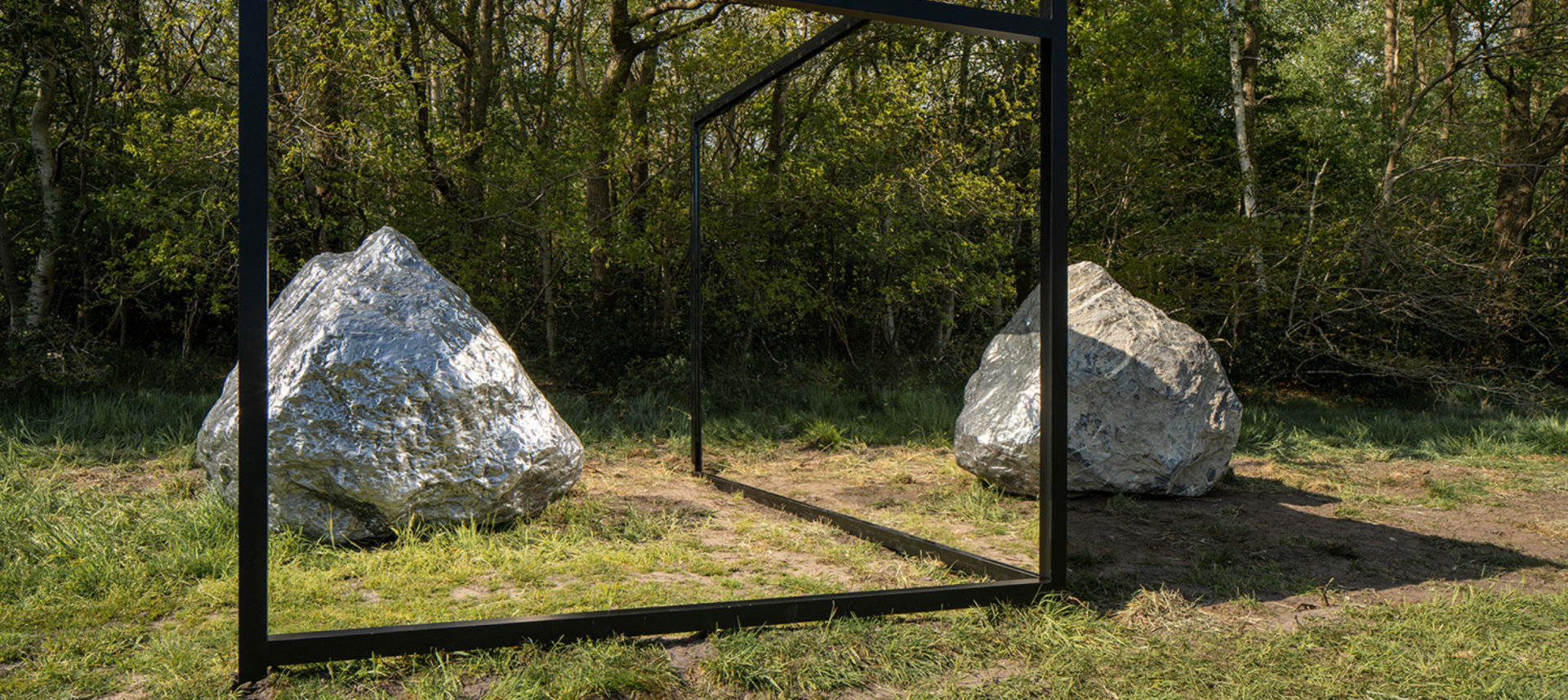Charles Avery (1973, Scotland)
The Hunter’s Return

You could see Charles Avery as a kind of explorer. For over fifteen years now he has been working on his project entitled The Islanders, an extensive and detailed fantasy world centred on a fictional island and its residents. Using drawings, texts, video, objects and installations, he presents this island and in each subsequent work it evolves further. Avery calls his island “a gym for the imagination”.
The Islanders is no utopia. The island holds up a mirror for us is a variety of ways, showing us all our shortcomings and quirks. For example, the endless philosophical discussion on the island is a humorous allusion to the practice of philosophy, and the island’s relationship with its former ruler Triangland can be read as a political metaphor.
For Paradys, The Islanders continues to grow. In Oranjewoud it will be housed in a dedicated building, where visitors will be able to roam around. In a fairy-tale-like solo exhibition, Avery leads us to the island character known as The Hunter, who is the unifying thread in his very first book. The intention is to perform the associated monologue a number of time on stage at the location.
For Paradys, The Islanders continues to grow. In Oranjewoud it will be housed in a dedicated building, where visitors will be able to roam around. In a fairy-tale-like solo exhibition, Avery leads us to the island character known as The Hunter, who is the unifying thread in his very first book. The intention is to perform the associated monologue a number of time on stage at the location.
Photo: Peter de Kan
Kasper Bosmans (1990, Belgium)
Zugunruhe, 2022
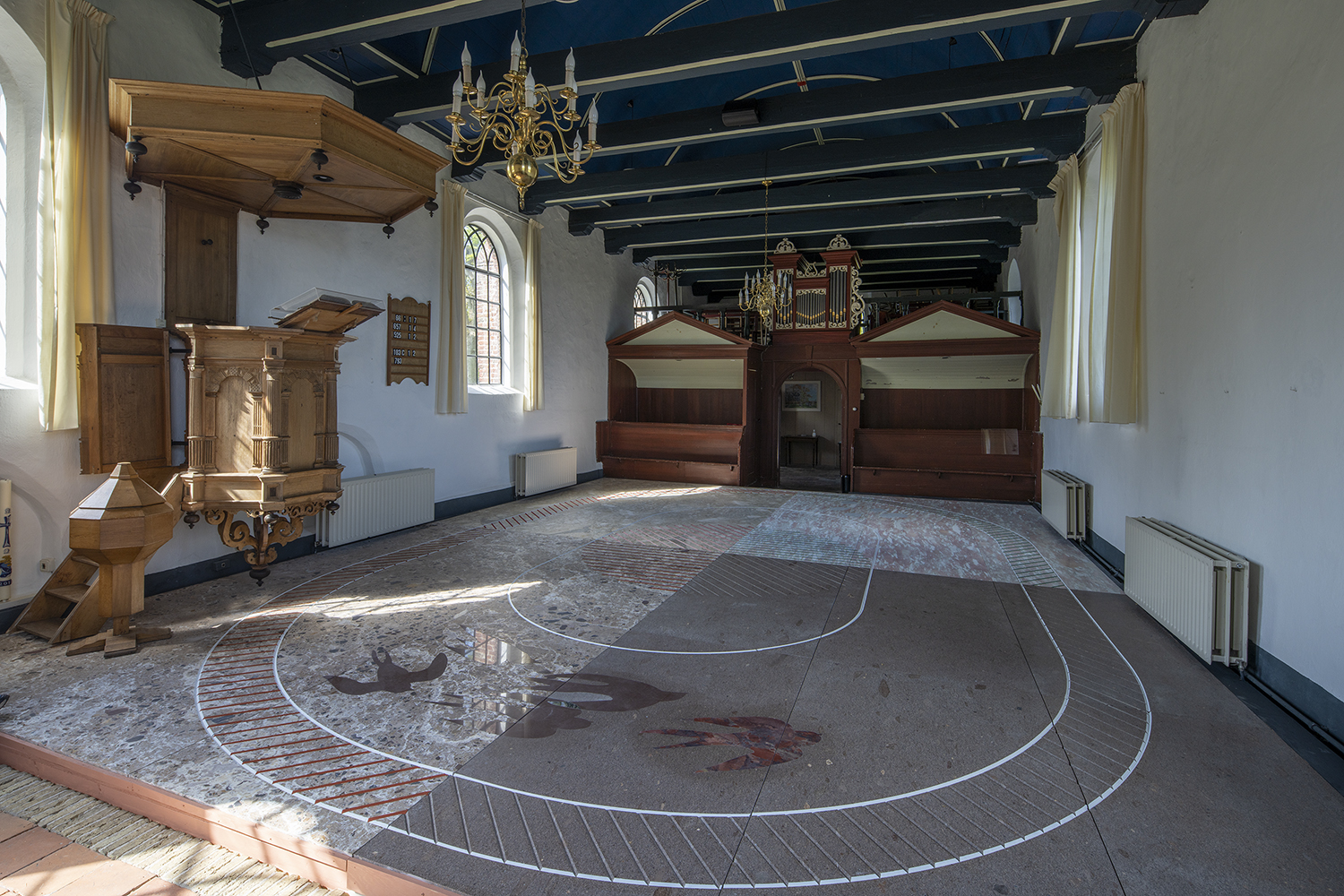
Kasper Bosmans sees himself as a history nerd among artists. He works with oral history, folk art and local crafts and uses these as the foundation for narrative paintings that appear to exist outside of time. In all of Bosman’s work, numerous stories always converge. He finds them for example, online in historical archives, but he’s just as happy immersing himself in hagiographies and pub gossip.
By creating unexpected connections, Bosman shows that there is always an interplay between the present and the past and he interprets history in a broader sense. His work is clearly contemporary, but is harks back to all sorts of histories, enabling him to create his own eccentric but at the same time very poetic world.
For Paradys, Bosmans is creating a monumental marble floor sculpture which will be displayed in the centuries-old little church in Katlijk, on the periphery of Oranjewoud. As part of this work, Bosmans is studying how migratory birds navigate: do they use knowledge or intuition? He has been inspired by Tim Birkhead’s classic work The Wisdom of Birds, about such topics as brooding and migratory behaviour and superstitions and myths about birds.
Foto: Peter de Kan
CATPC / ATHANAS KINDENDIE (1970, Congo)
Plantation Monoculture, 2022
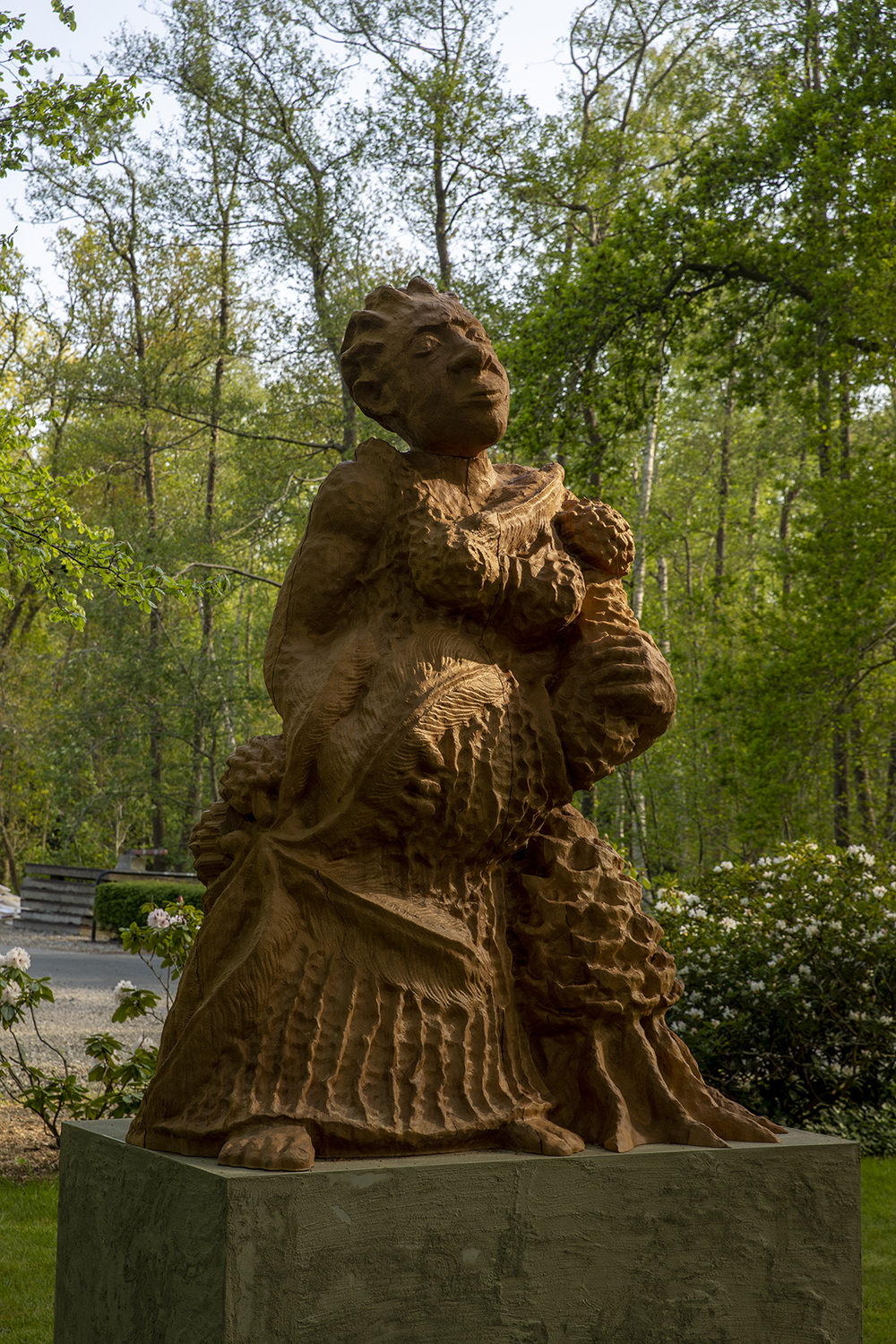
How do you cope with exploitation, inequality and colonialism? The controversial artist and filmmaker Renzo Martens made this theme his life’s work. In 2010, following his provocative documentaries Episode I (2003) and Episode III: Enjoy Poverty (2008), he became artistic director of the Institute for Human Activities (IHA). The IHA studies the relationship between art and global inequality, and focuses specifically on the exploitation at a palm oil plantation in the Congolese rainforest. Plantation workers Djonga Bismar, Mathieu Kilapi Kasiama, Cedrick Tamasala, Mbuku Kimpala, Mananga Kibuila, Jérémie Mabiala, Emery Mohamba and Thomas Leba organised themselves. Together with ecologist Rene Ngongo and Kinshasa-based artists Michel Ekeba, Eléonore Hellio and Mega Mingiedi, they constitute an organisation called Cercle d’Art des Travailleurs de Plantation Congolaise (CATPC). CATPC was founded in 2014 with the objective of developing new economic initiatives by producing and selling critical art in order to improve the economic position of its members and their communities. Martens’ IHA contributes to these efforts. The planation workers create self-portraits and numerous other kinds of sculptures, using river clay. These are digitalised using 3D scanners. The scans are used to make moulds, which are subsequently used in Amsterdam to create chocolate figures, using cocoa grown on the plantations, or milled from tropical Congolese hardwood. The idea behind this is to exhibit the larger sculptures and to sell the smaller self-portraits. This yields 7000% (!) more for the workers than they would otherwise receive for the chocolate. Using this money, they buy back the land that international companies took from them.
For Paradys, CATPC is creating a large figure of a female plantation worker which will be presented at a central location somewhere in the Oranjewoud park landscape. The work delivers a critical statement about the history of Oranjewoud, where the historical dominance of the aristocratic elite is still visible today.
Photo: Peter de Kan
Jakob Kudsk Steensen (1987, Denmark)
Re-Animated, 2018 – 2019

Jakob Kudsk Steensen is sometimes called a ‘digital gardener’. In his immersive digital and virtual reality works, he recreates landscapes and areas of nature which are difficult to access, have disappeared or are under threat. He uses powerful, seductive installations to enable visitors to experience what it feels like to walk around in this type of inaccessible landscape – as if you are being given access to a lost paradise.
This is also the case in Re-Animated, his installation for Paradys, which focuses on the Kauaʻi ʻōʻō, a bird that used to live in the thick swamp forests on the Hawaiian island of Kauai and that went extinct in about 1987. However, the Kauaʻi ʻōʻō is still appeals to the imagination due to its mating call, which was recorded by a biologist in 1987 and which was subsequently uploaded to YouTube in 2009. Since then, over one and a half million people have listened to its moving ‘swan song’, partly because the lonely bird’s call gradually fades away, as if it is giving up all hope of mating, and so surviving. In Re-animated, Kudsk Steensen gives the Kauaʻi ʻōʻō a new life – perhaps even for eternity.
Foto: Peter de Kan
Isa van Lier (1996, The Netherlands)
Len tempel / Temple of Spring, 2022

Isa van Lier aims to use her colourful installations and ceramic sculpture to create ‘a playground in which, like a child, you forget about time.’ Her work is seductive, infectious and abundant. Whether you’re viewing her oil paintings or an installation that fills and entire room with ceramic sculptures, everything she does can be traced back to her desire to explore the boundaries between image, idea and memory. For Paradys, Isa van Lier is creating a colourful room that invites reflection.
The idea for this goes back to her stay in Japan. The Zen gardens she saw there, with their soothing simplicity, where there’s not much to see besides a few stones and rocks, evoked in her a remarkable sense of serenity, calm and concentration. Since then, Van Lier has tried to recreate this timeless feeling in her own way. Even though these Zen gardens feel very far removed from our contemporary hurried existence – in a world of overabundance, speed and technology, with supermarkets full of endless aisles of plastic-wrapped food in every conceivable shape and colour – nevertheless, Van Lier shows in her work that it may be possible to connect these two apparent polar opposites.
Photo: Peter de Kan
Erik van Lieshout (1968, The Netherlands)
Bloemenwapen, 2022
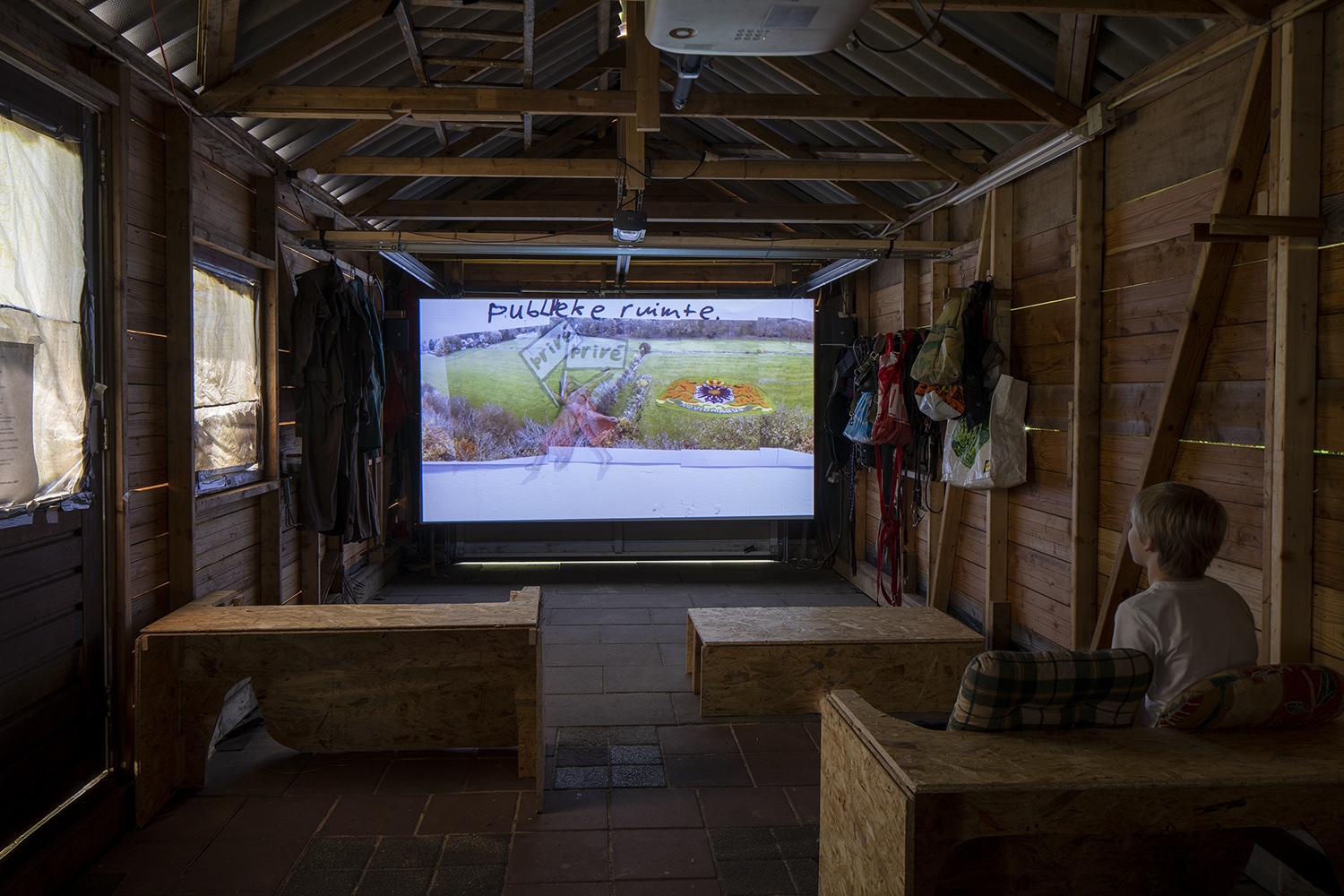
In his films, Erik van Lieshout often plays Erik van Lieshout. An endearingly honest man, almost naïve, who constantly struggles with himself and the world. He immerses himself passionately in worlds that are not his and then, as an outsider, he challenges everything. He loves meeting people, preferably people who live on the margins of society: the rejects, people in disadvantaged neighbourhoods, addicts, homeless people or extremists on the Left and the Right.
At the same time, Van Lieshout also explores how art works best. He aims to confront and provoke and to reach a point where things can go awry, because that’s where there’s something at stake. By not adjusting to generally accepted behaviour, he often creates comedic situations, but he also evokes reactions such as annoyance and disbelief. This makes his work intense and highly relatable.
For Paradys, Van Lieshout has decided to work on a floral mosaic, a colourful sea of flowers. This kind of mosaic is ‘paradise’, the extreme of ‘beauty’, but it wouldn’t be a work by Erik van Lieshout if it didn’t have a twist. On his view, this type of mosaic is “the lamest kind of tourism” and he will emphasise this aspect too.
Van Lieshout will reside in Oranjewoud for a few months, to develop his work especially for this location – and will make a film of the proces that will be shown in the exhibition.
Photo: Peter de Kan
Alexandra Pirici (1982, Romania)
Building Blocks, 2022
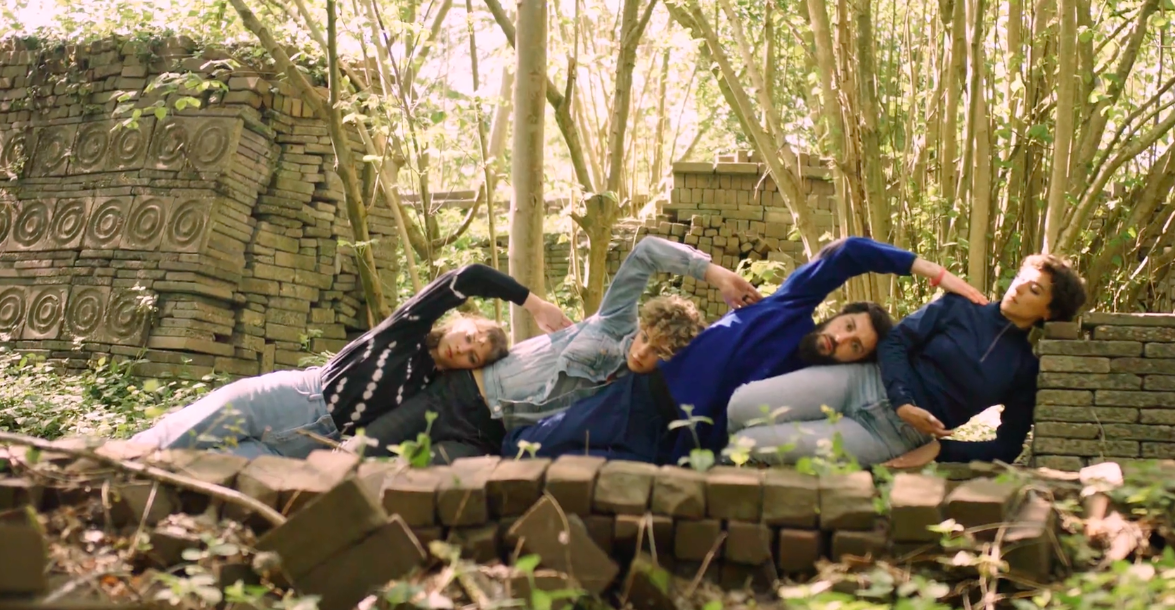
Alexandra Pirici creates living sculptures with which she aims to intervene in society or social circumstances. Many of her performances are like activist campaigns. Her first campaigns were protests against cut-backs on culture in Romania, in which she had performers imitate heroic, sometimes controversial statues and monuments in the public space in Bucharest. Pirici works with extremely diverse groups, ranging from solo works featuring only herself to small ensembles and large groups of over sixty dancers. For Paradys, too, she will work with the most diverse local vocalists and dancers possible. She will do this at a special location in Oranjewoud, where for years they have tried to give visitors a new way of seeing life, society and activism.
You can see the performance in the weekends: 28/29 May, 18/19 June,
9/10 July en 30/31 July – and it starts every hour: 13.00 – 14.00 – 15.00 – 16.00u.
A huge thank you to the performers for their brilliant work, collaboration and heart-warming commitment; Keren Ben Shachar, Noemi Calzavara, Janna Eijer, Suzana Gomes, Job Harends, Polina Fenko, Manuel Paolini, Lisette Rook, Jarno Spijker, Marta Wörner.
Photo: Videobrouwers
Diana Scherer (1979, Germany)
Harvest Recasted, 2022
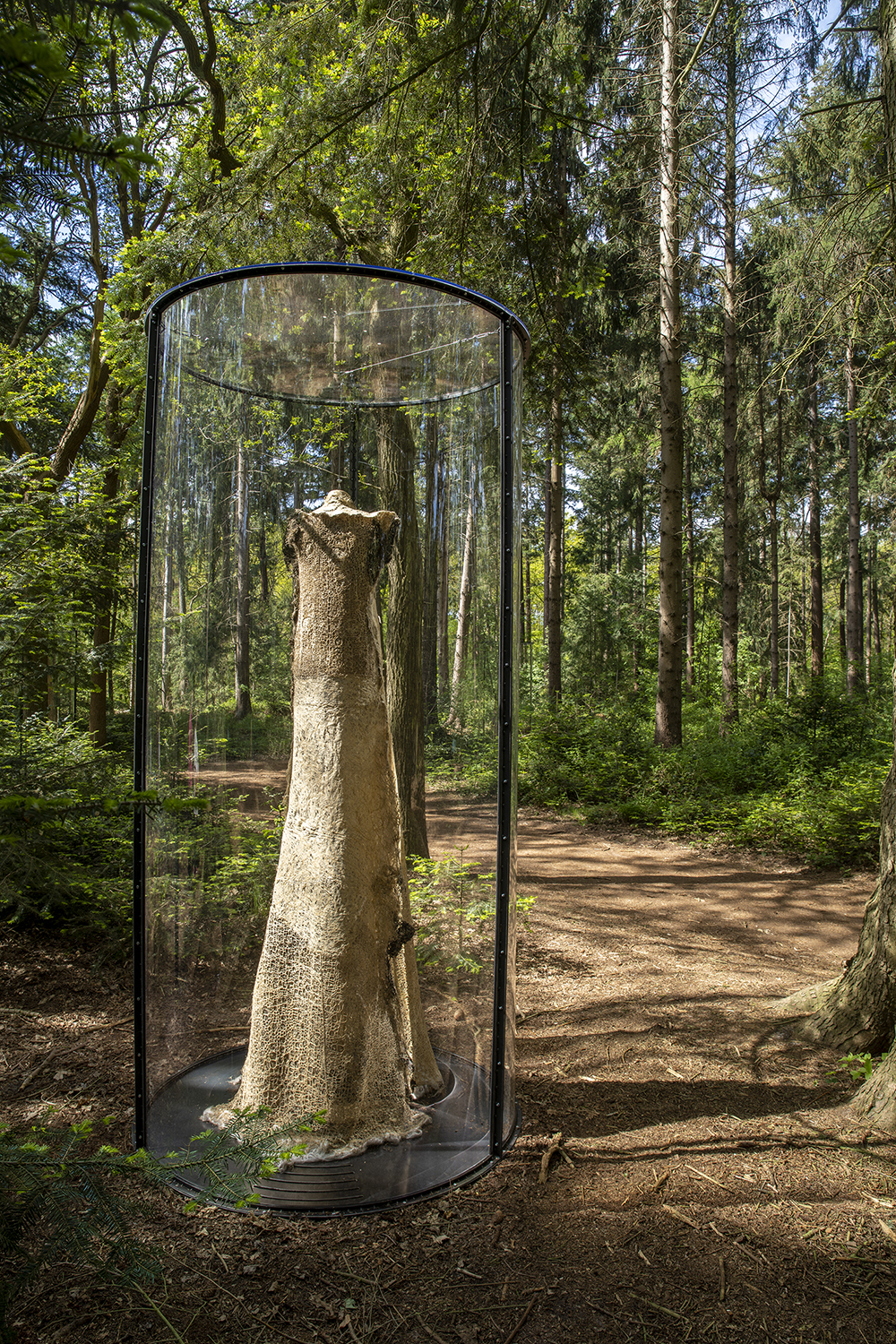
Diana Scherer is making 2.5-metre tall dresses from plant roots for Paradys. The dresses represent the three powerful stadholder’s wives who founded and maintained the Oranjewoud estate: Albertine Agnes van Nassau (1634-1696), her daughter-in-law Henriëtte Amalia van Anhalt-Dessau (1666-1726) and her daughter-in-law Maria Louise van Hessen-Kassel (1688-1765).
In her work, Schere explores the human desire to control nature. She developed a technique that allows her to direct how roots grow, enabling her to grow a kind of fabric in which the roots create shapes and patterns. Even though Scherer’s root weavings are fragile, they nevertheless powerfully visualize our ambivalent attitude towards nature. We say we nurture her, but at the same time we manipulate her. In Scherer’s work, this manipulation results in objects that are at once tender and tough and that also provide food for thought.
Besides the 2.5-metre tall dresses, she also created several sculptures of huge grass seed rolls which are rolled up inside-out, exposing the network of roots that serves as the foundation for Scherer’s dresses. The expectation is that this work will gradually decompose over the course of Paradys.
Photo: Peter de Kan
Augustas Serapinas (1990, Lithuania)
House from Rūdninkai, 2022
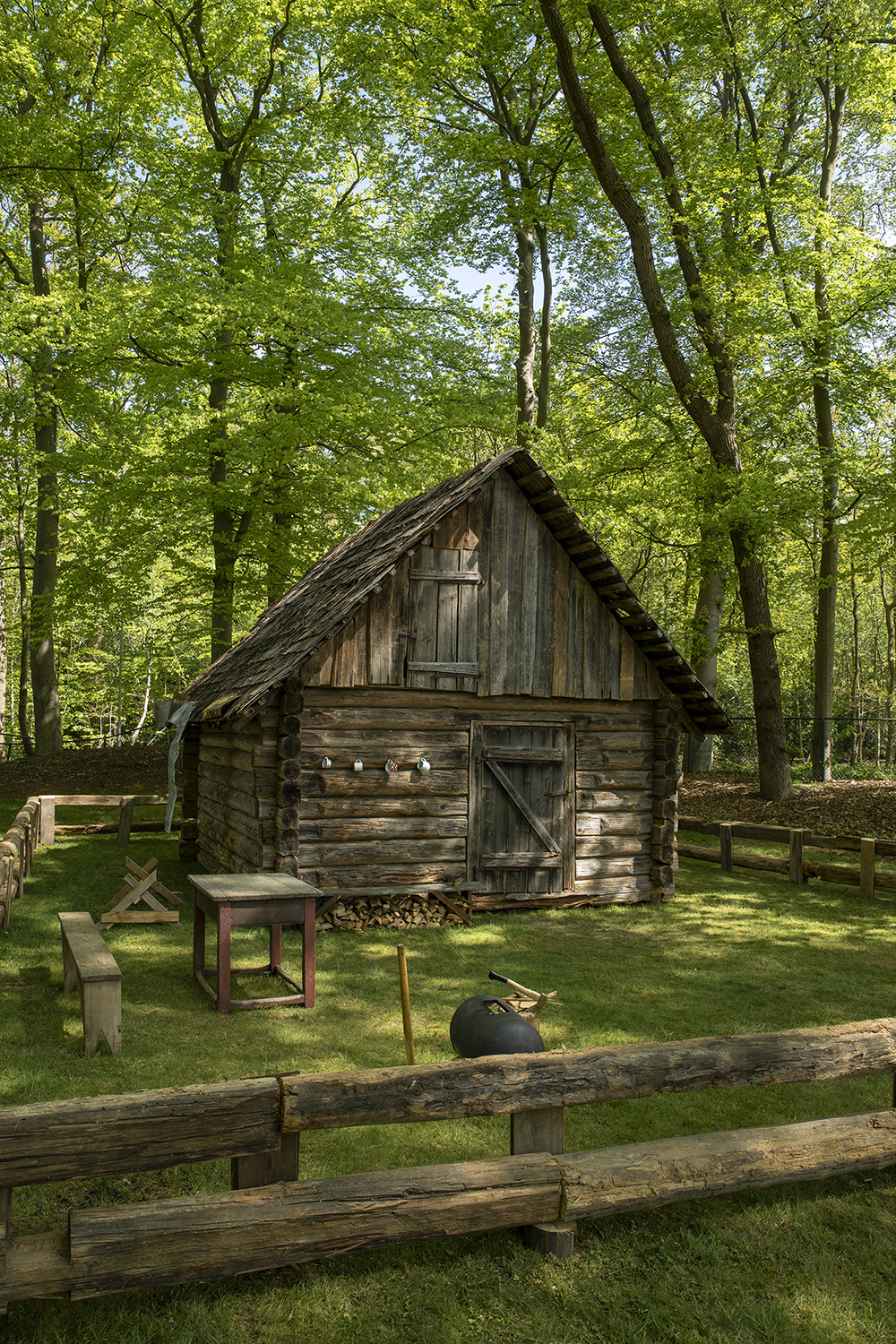
Augustas Serapinas likes to intervene in how we view reality. By subtly altering existing situations, he unbalances the world and evokes alternative scenarios in your mind.
During the one hundred days of Paradys, Serapinas will show an original nineteenth-century Lithuanian sauna.
Serapinas’ alienating, almost hallucinatory interventions, you begin to think about your own vision of the past. Can the past ever be reconstructed? Is there such a thing as a ‘collective past’? In this way, Serapinas’ work is both nostalgic and confronting at the same time.
Photo: Peter de Kan
Marianna Simnett (1986, Great Britain)
Return of the Herd, 2022
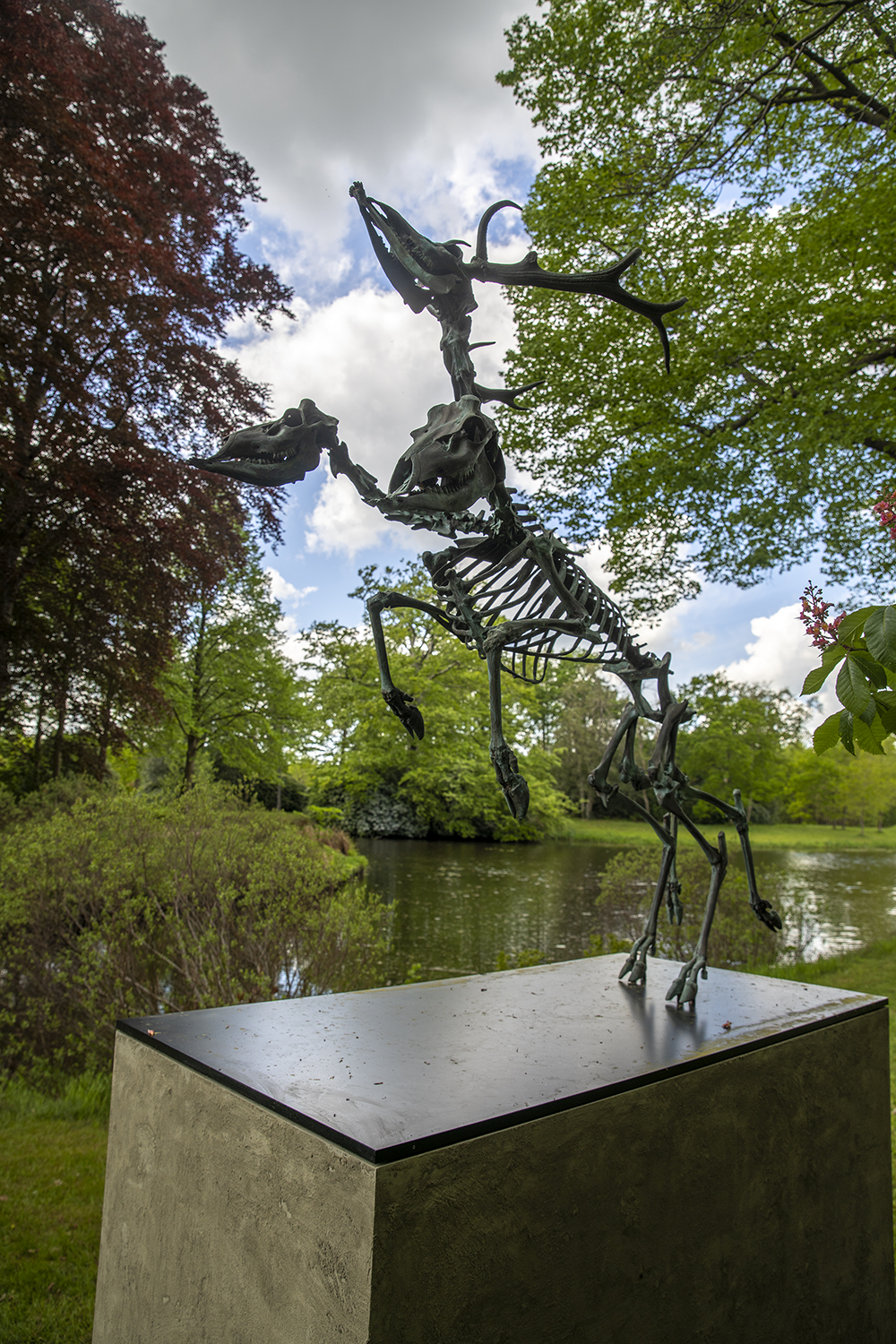
A conglomerate, multi-being beast rears up on its hindlegs in the idyllic Oranjewoud. Situated opposite a deer park, Return of the Herd is a memorial to the creatures who lost their lives due to culling tactics. Marianna Simnett’s hybrid form gestures towards a moment of animation, transformation, or ascendance—becoming many, becoming multiple, becoming one with the living deer who graze the same ground.
Photo: Peter de Kan
Em’kal Eyongakpa (1981, Kɛnyaŋ/Dɛnya)
Bɛfáp baka 21 rt/ barɔŋ tàndramot (mbaŋ), 2022
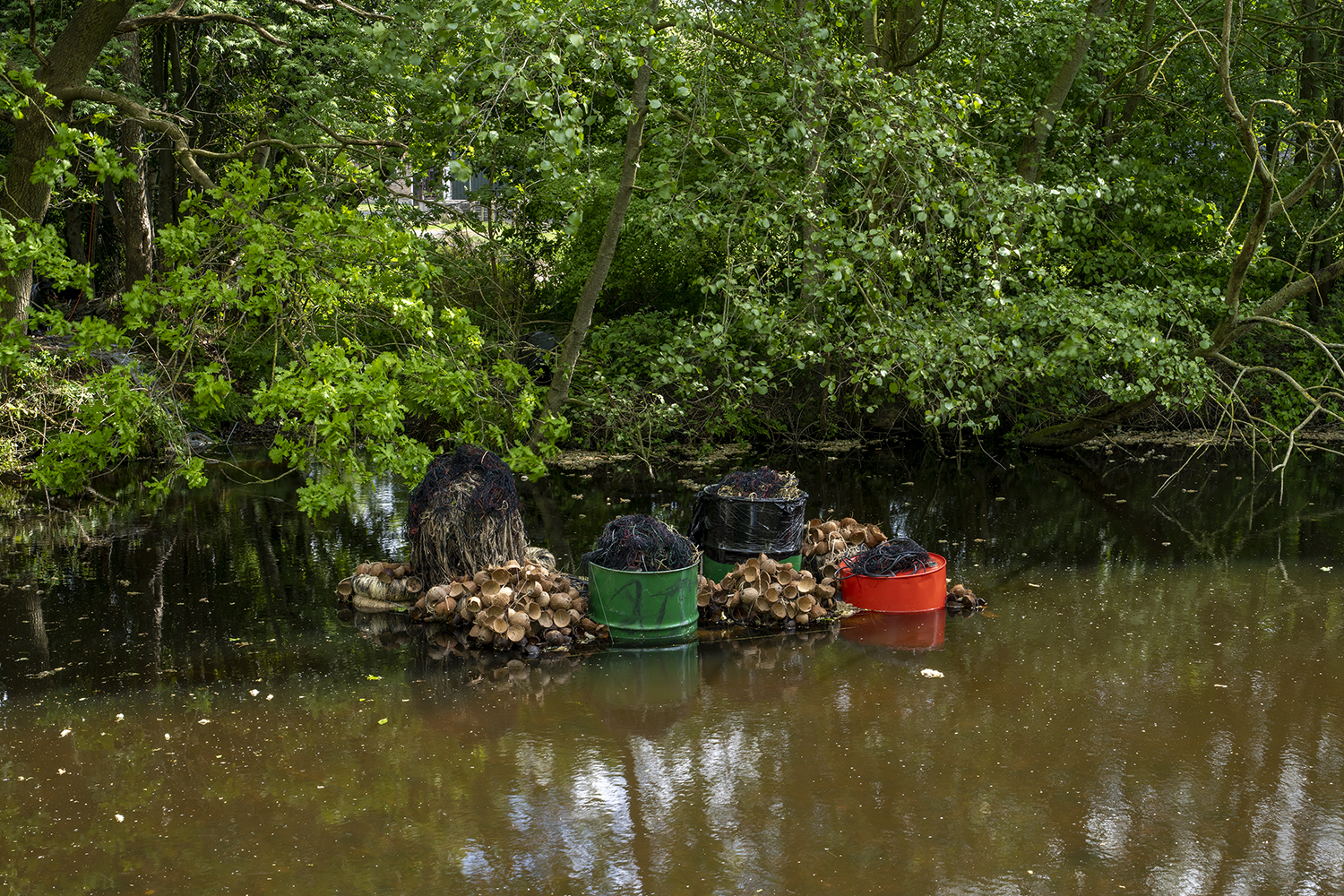
Em’kal Eyongakpa is an artist from Cameroon holding degrees in Plant Biology, Ecology and a residency in Fine Art from the Rijksakademie Amsterdam, where he currently lives and works. Eyongakpa made a name for himself with physical sound works that evoke personal and collectives experiences. He finds inspiration in native art, the relationship between plants and humans, applied mycology (how fungi and moulds grow) and technology.
For Paradys he will create a soundscape for which he first records local sounds, which he subsequently re-plays and allows you to re-experience in a totally different way at an unexpected location. Eyongakpa’s audience doesn’t just experience sound and music through their ears, but also – just as importantly – through their body.
Photo: Peter de Kan
LOUIS LE ROY (NETHERLANDS, 1924-2012)
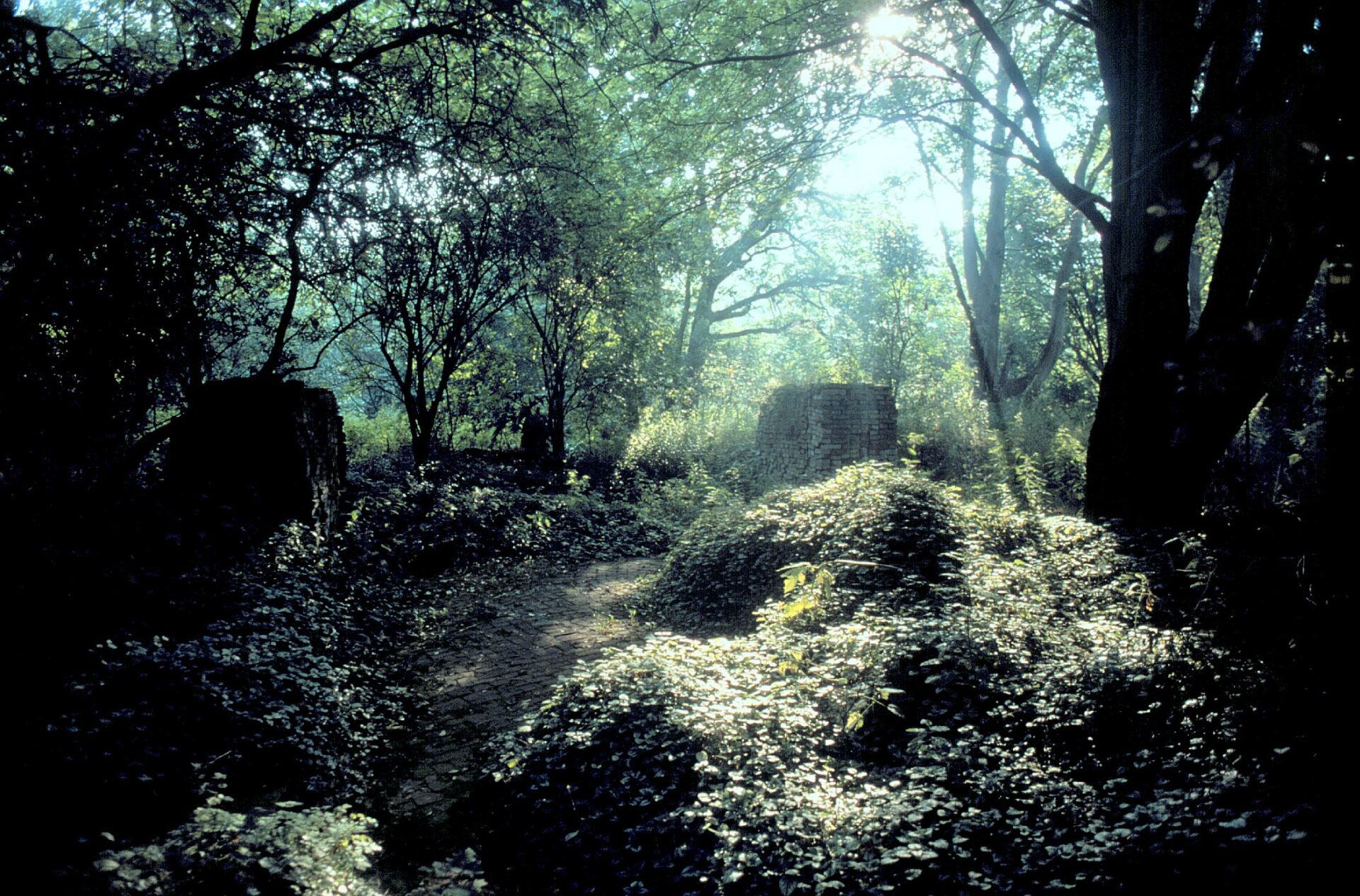
Ecocathedral combines human creativity with the power of nature. Le Roy has used pavement tiles, kerbstones and bricks to create playful structures that slowly become one with their natural surroundings. They may look like old ruins, but they are constantly changing, making Ecocathedral a unique place that will grow into a thousand-year living system.
Photo: Peter de Kan
ALICJA KWADE (B. 1979, POLAND)
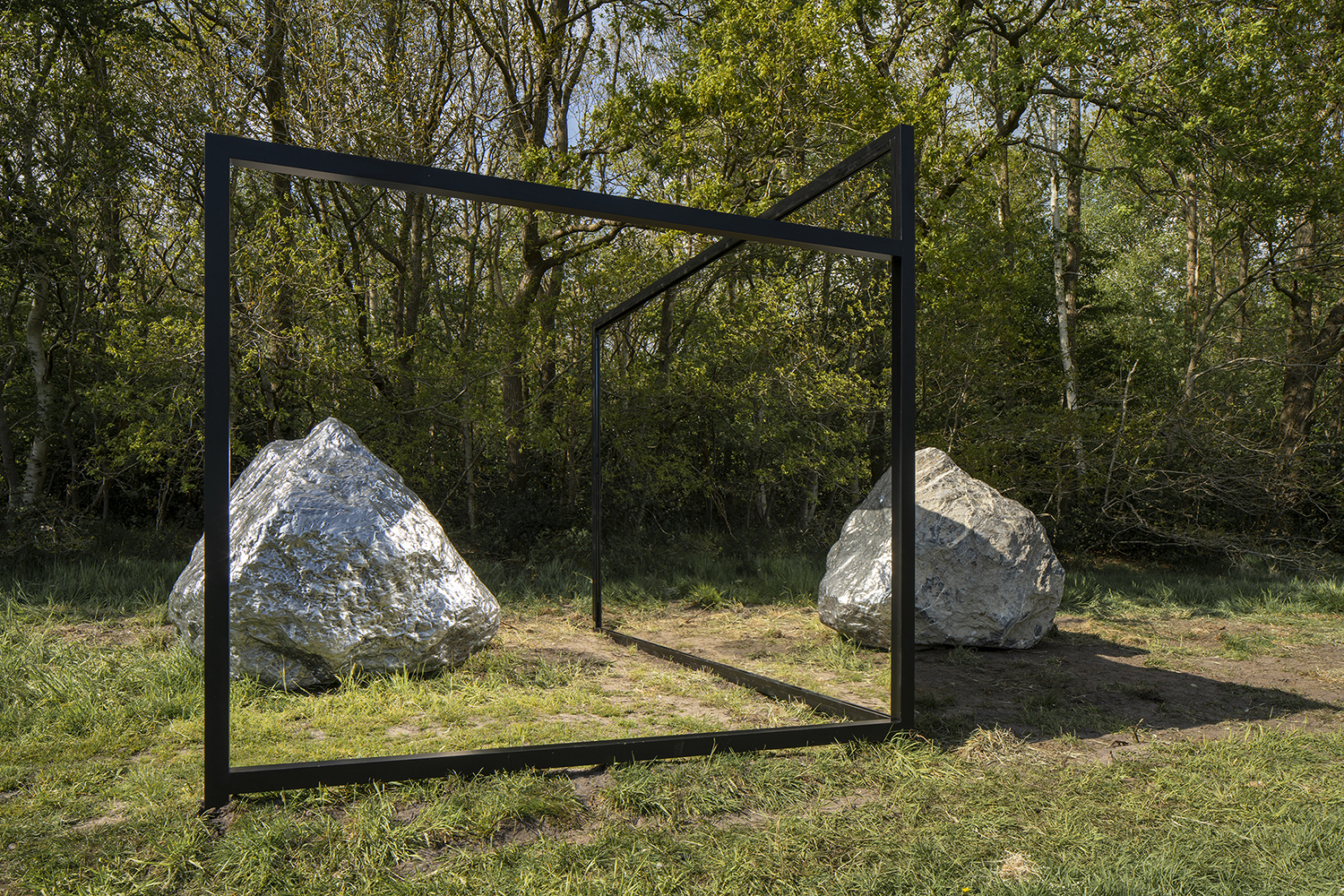
Alicja Kwade makes sensory illusions. She uses mirror images and other reflections to create a different reality for the same object, turning everyday things and materials such as a bicycle, door, or lamp into new forms. The result usually looks simple, but hints at hidden undertones. At Paradys, she has shown the parallel realities of Oranjewoud.
Photo: Peter de Kan
GREGOR SCHNEIDER (B. 1969, GERMANY)
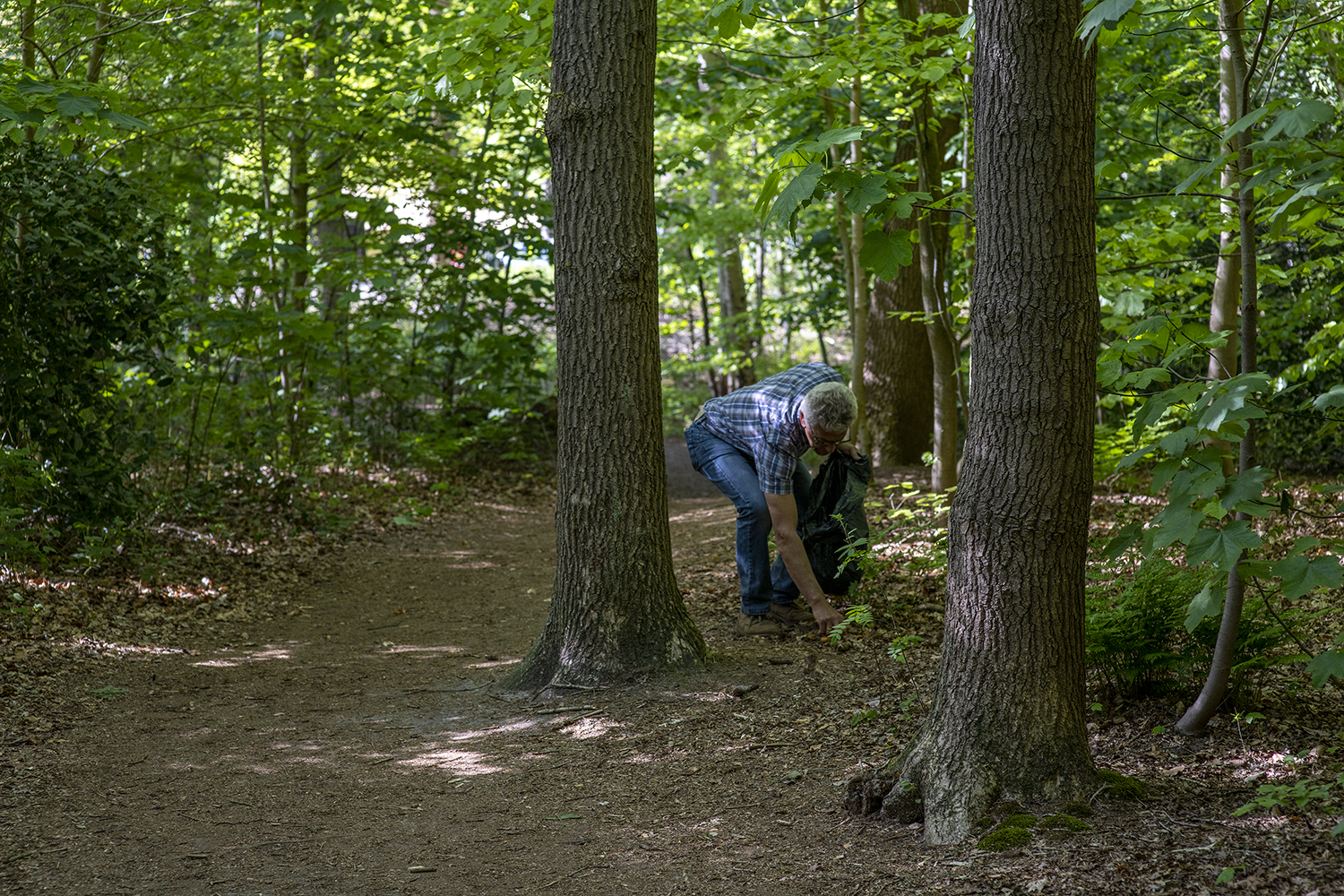
Gregor Schneider carries out “secret actions” in the forest. A man looks for litter. A child hands out flowers. A man laughs at visitors who he doesn’t know. An older man pushes a woman through the forest in a wheelchair. A woman hums a tune – and so it goes on.
The one thing these actions have in common is that they don’t attract much attention, and remain almost hidden. They certainly can’t be described as performance.
They take place on Thursdays to Sundays between noon and 1 pm, but visitors may miss them completely, or stumble on them without realizing that they’re art.
Schneider hopes that this “secret work” will have a positive effect, even if the plot remains unseen. “We don’t know how things work,” he says. “Reality is what we do.” In this project, he seeks to make the world a slightly better place through little “good deeds” at Paradys, and regards the work as an invitation to visitors to follow the example set by these actions.
Photo: Peter de Kan
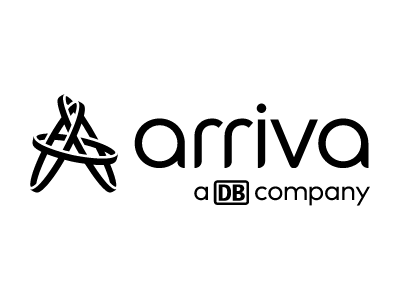
Paradys is made possible with support from Arriva. Arriva makes Arcadia and Paradys as accessible as possible for everyone, by providing sustainable transport. In addition to public transport, Arriva’s new travel app glimble also facilitates transport-sharing, such as bike-sharing, at various events.
